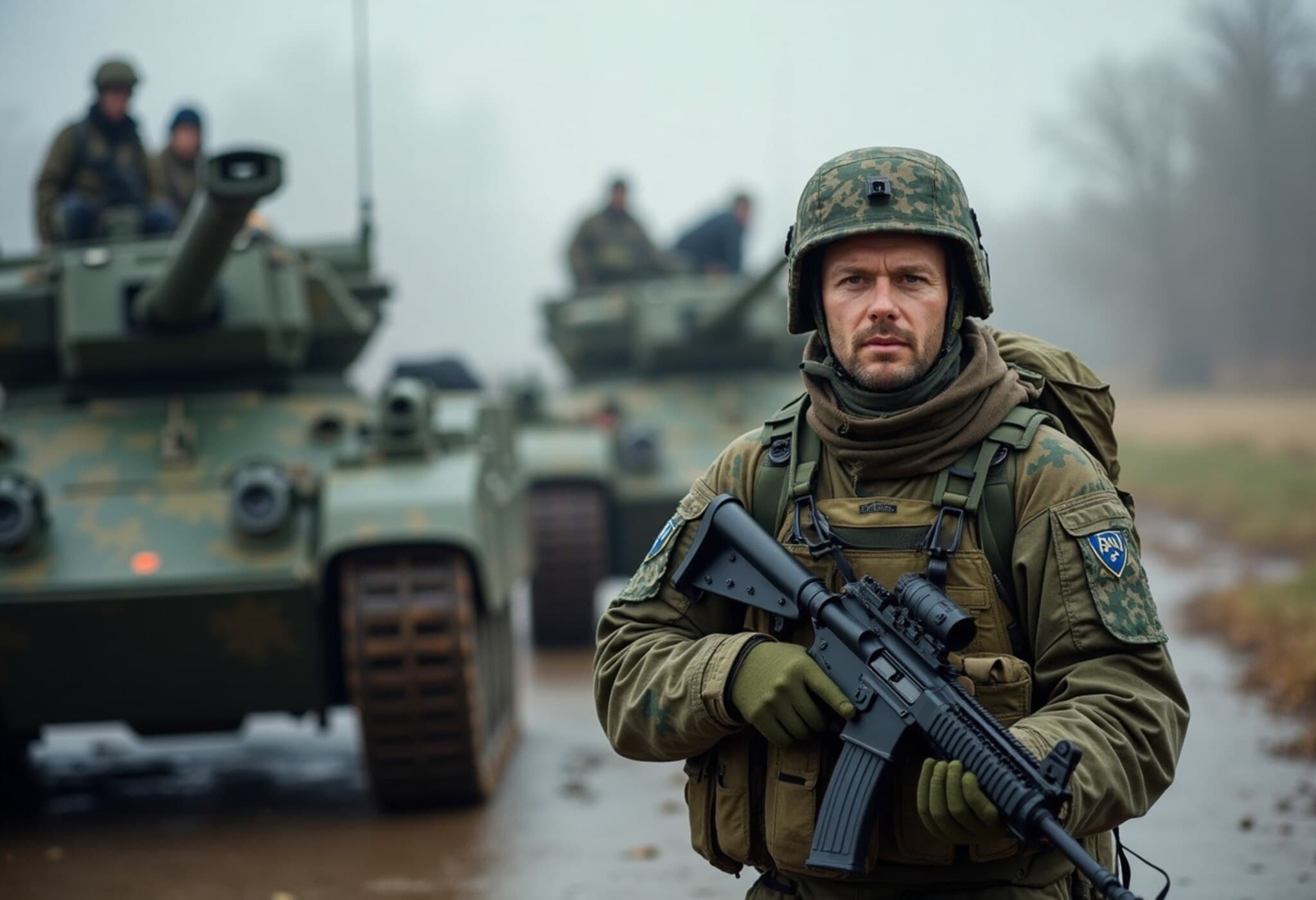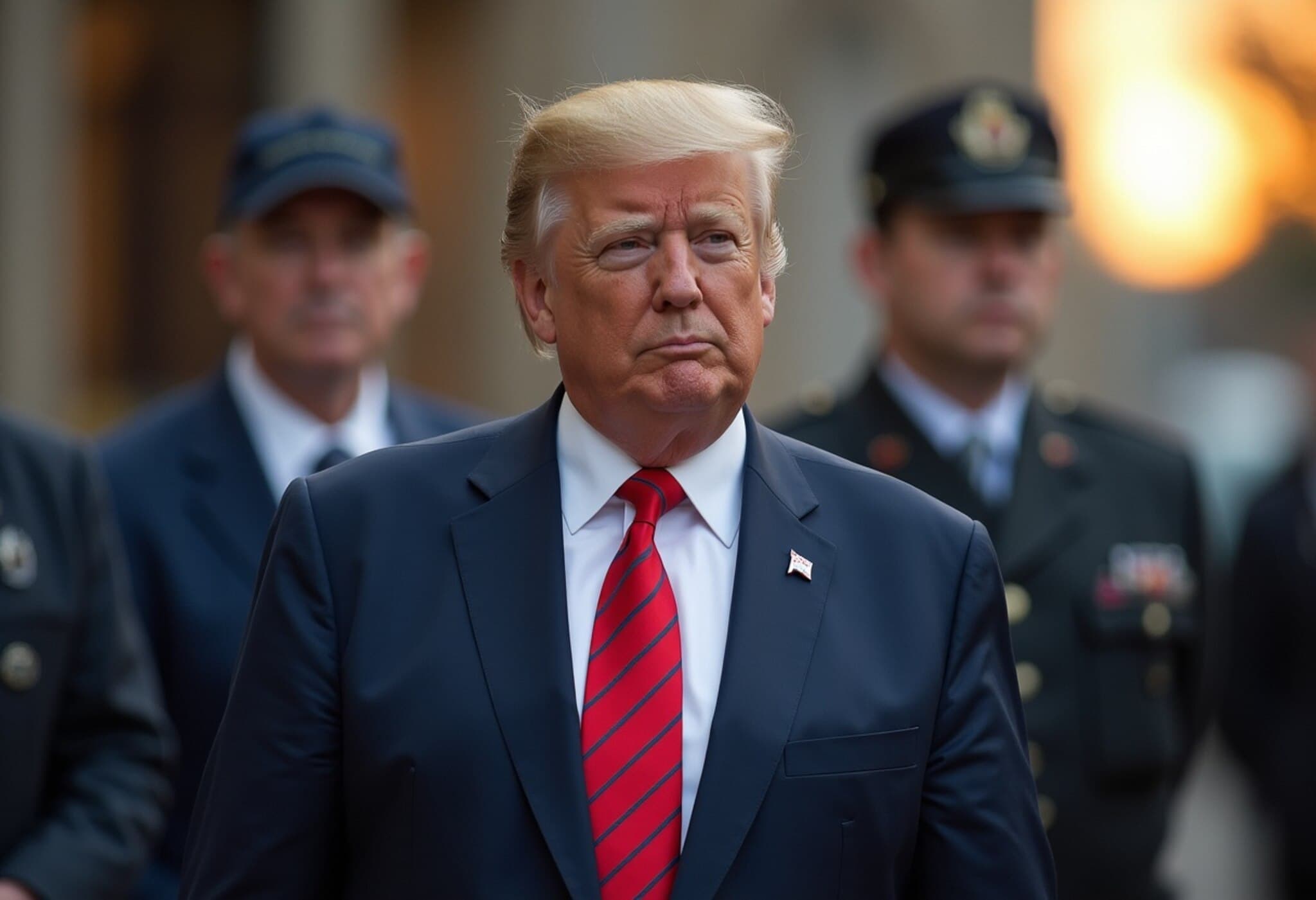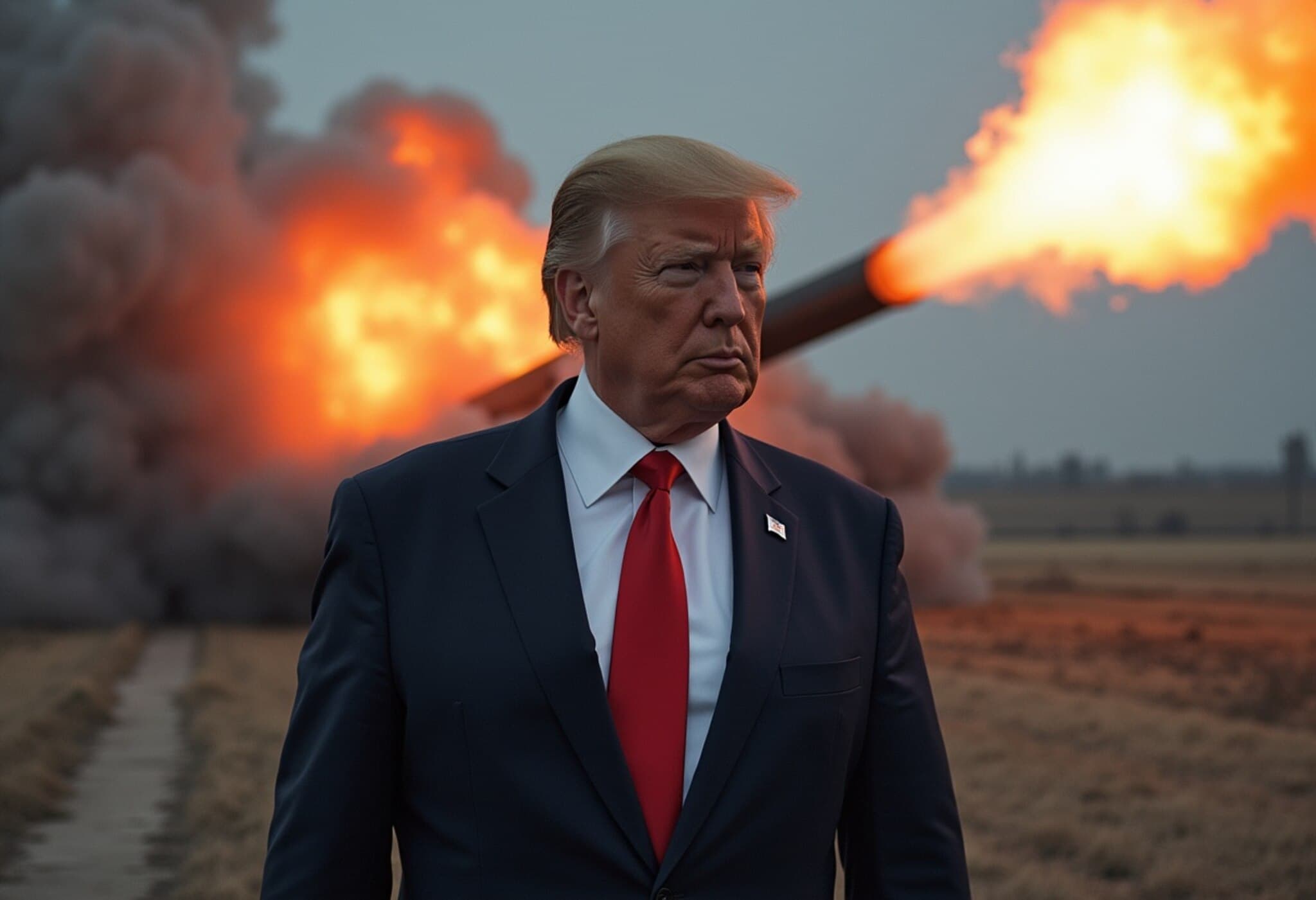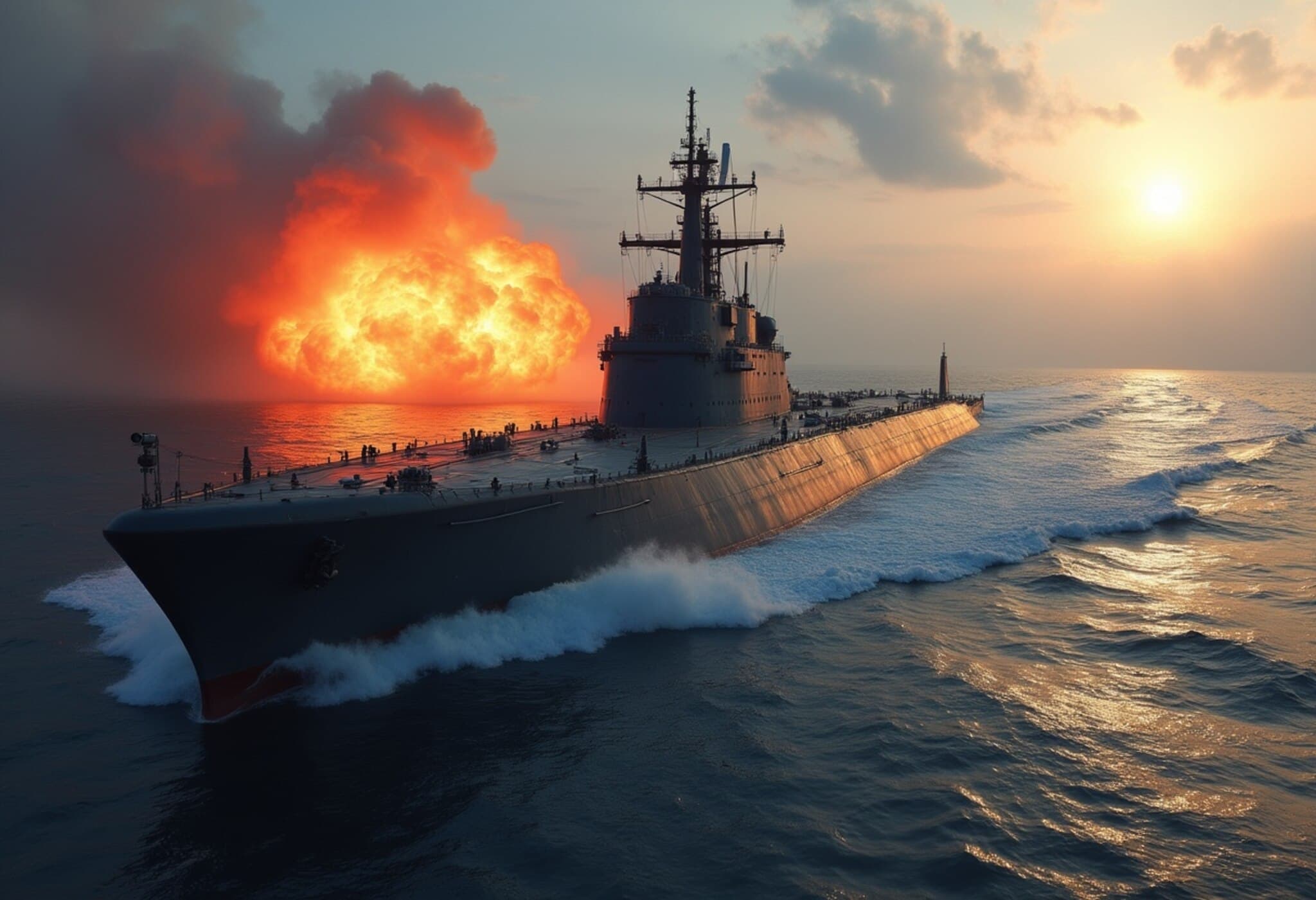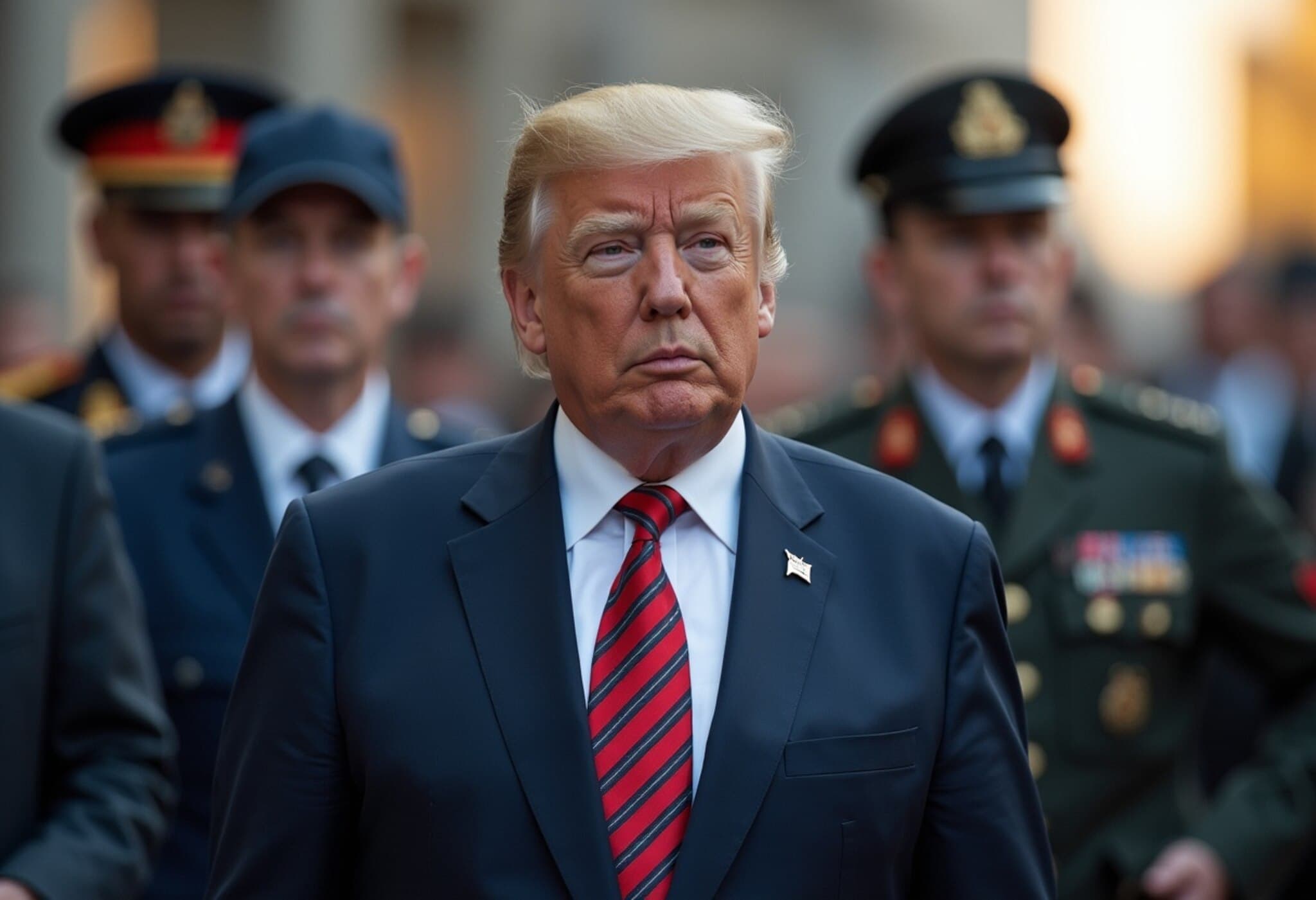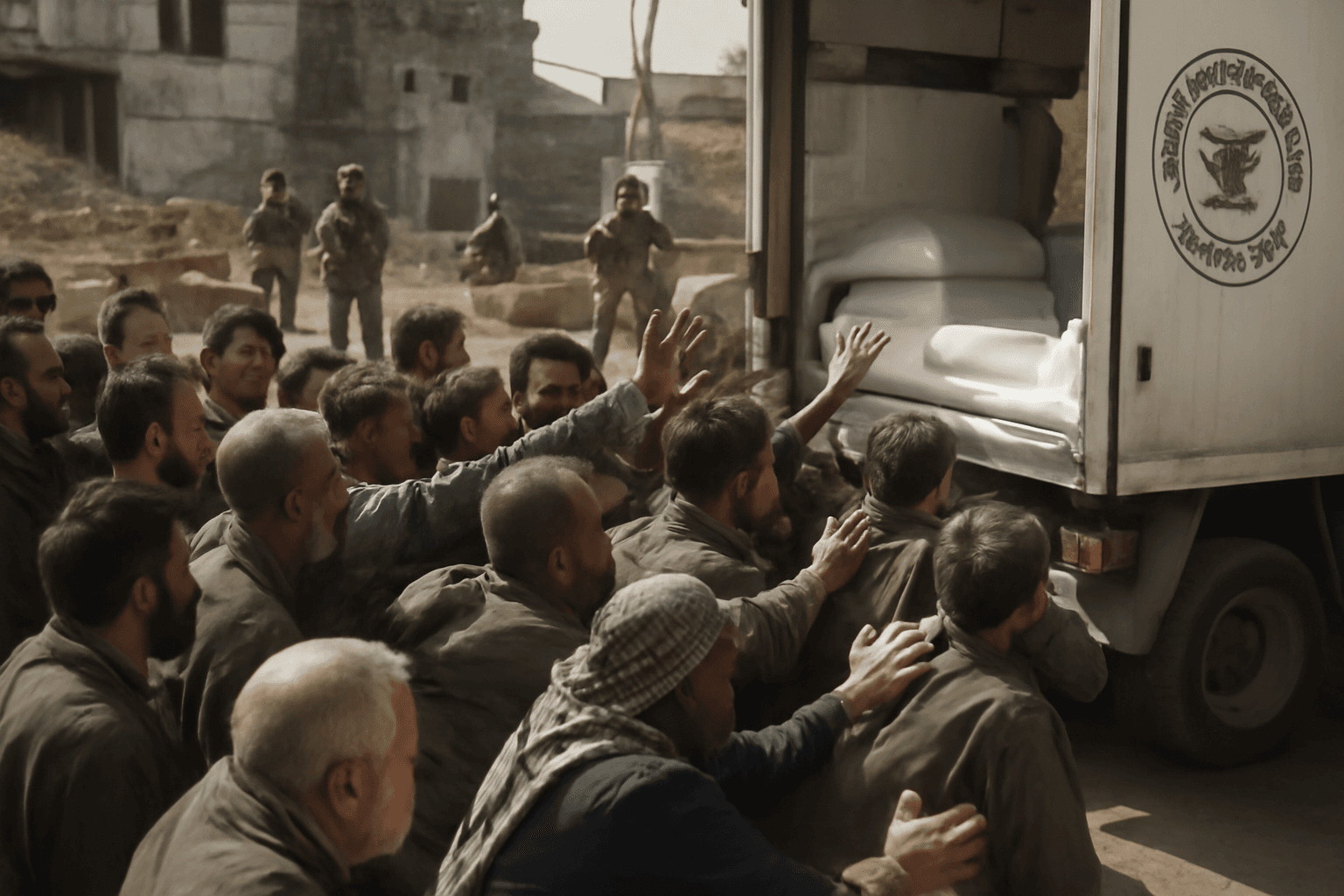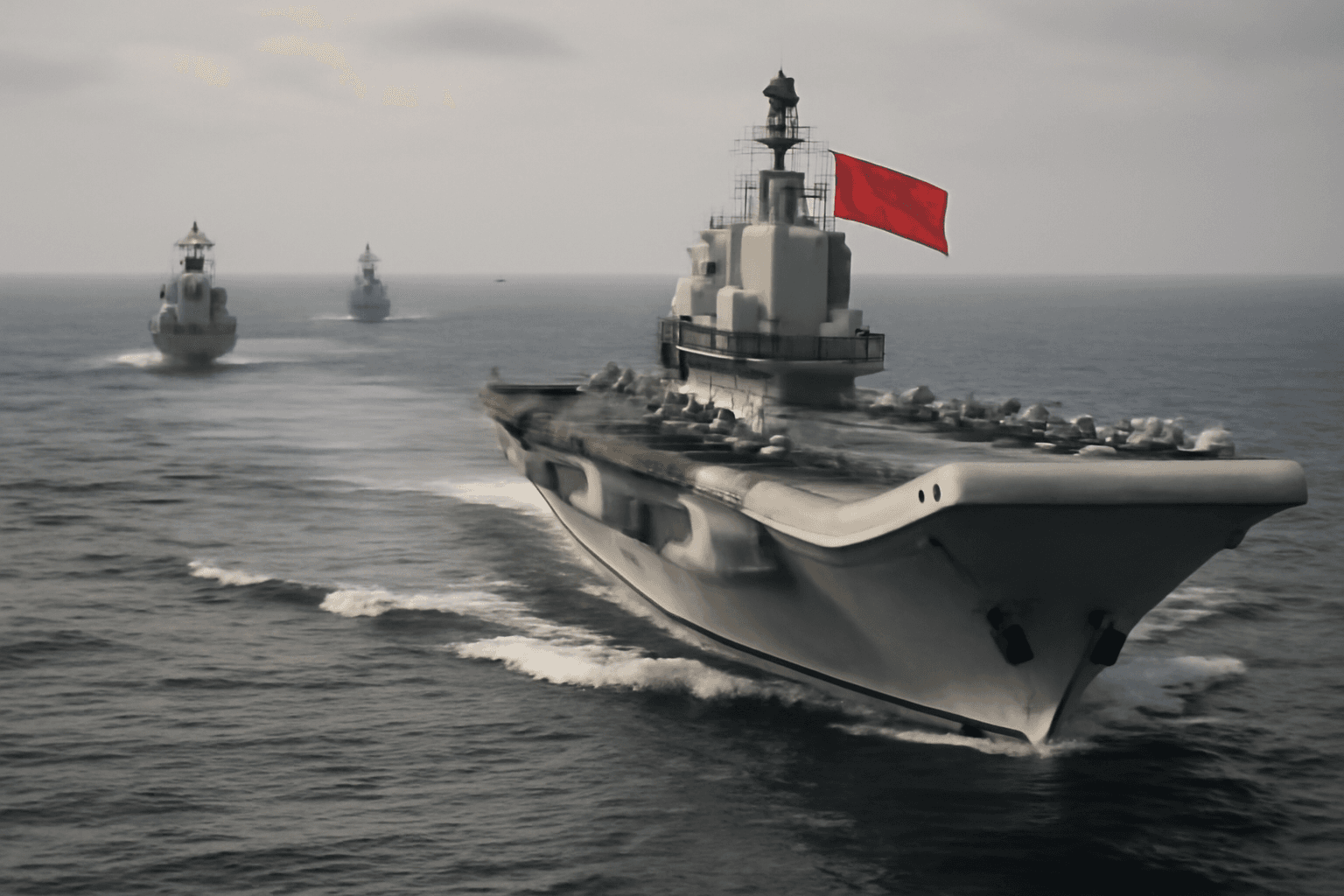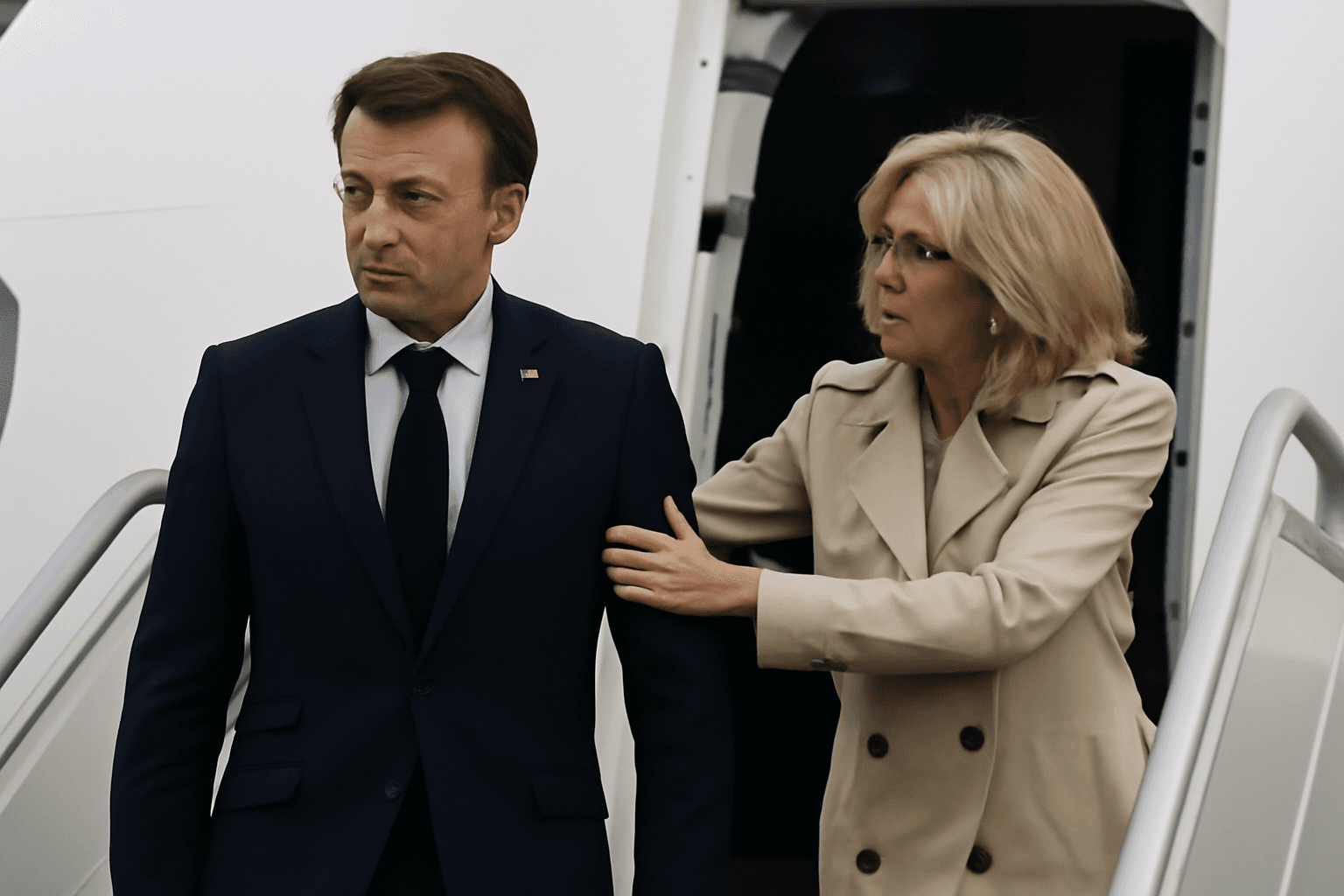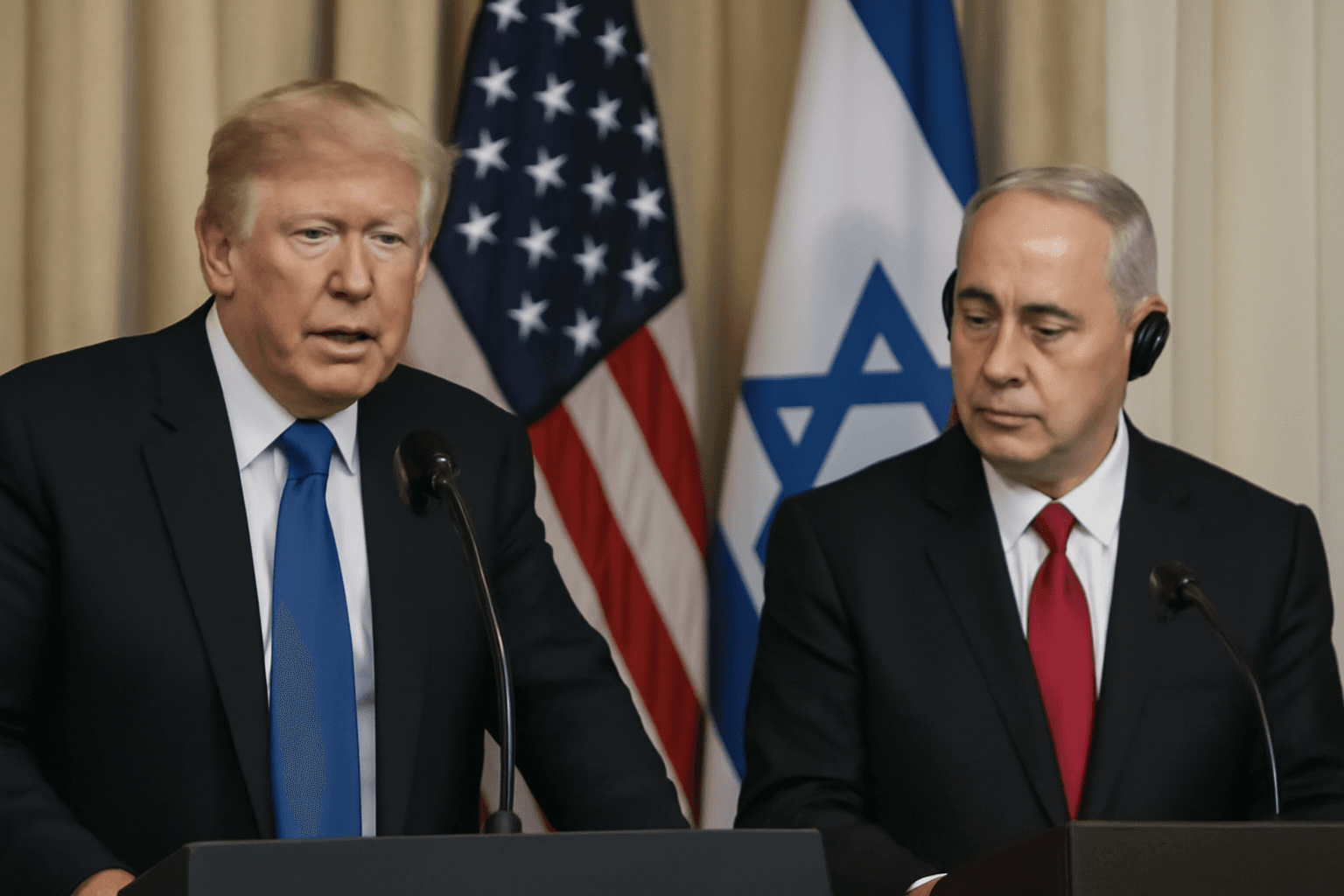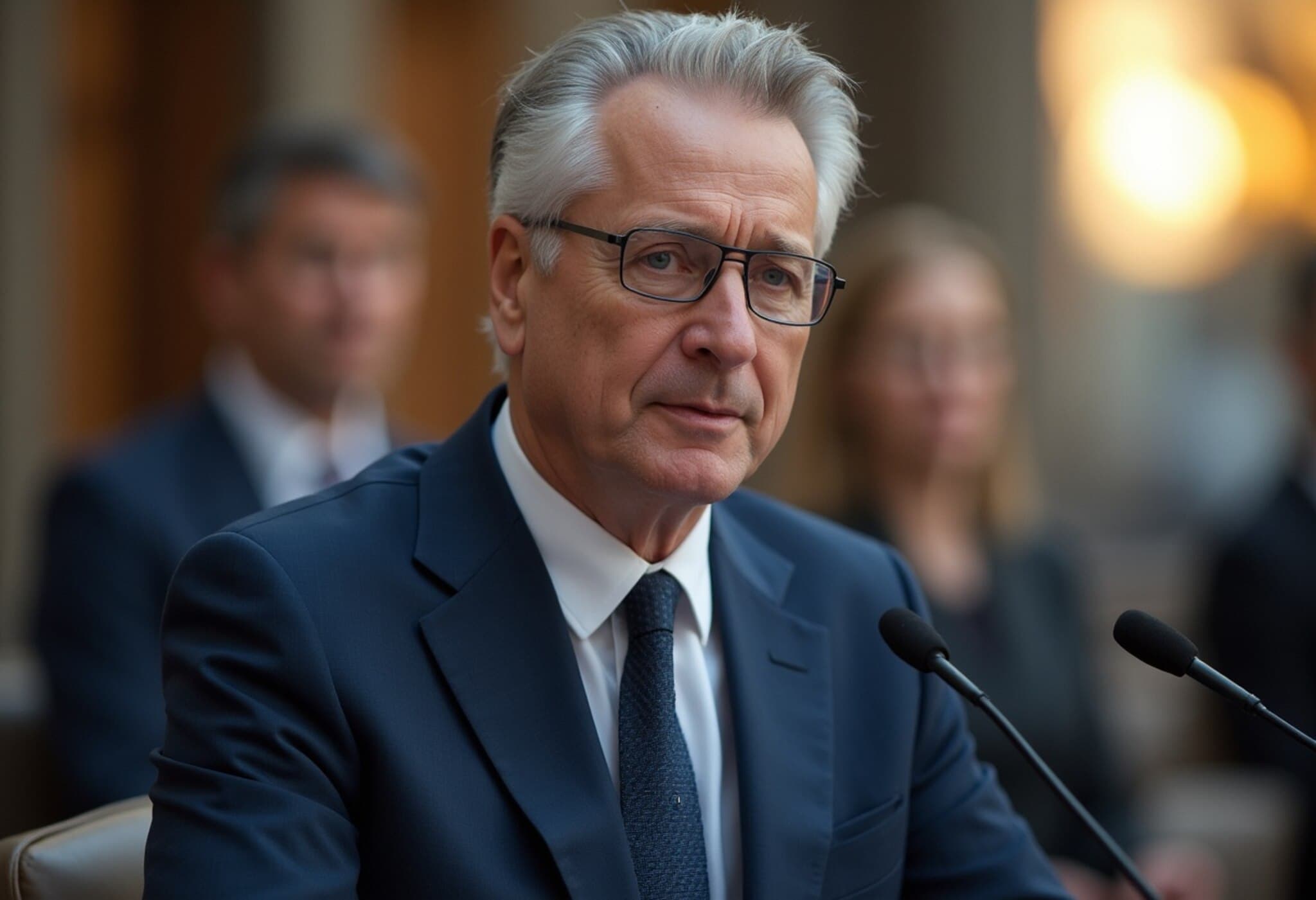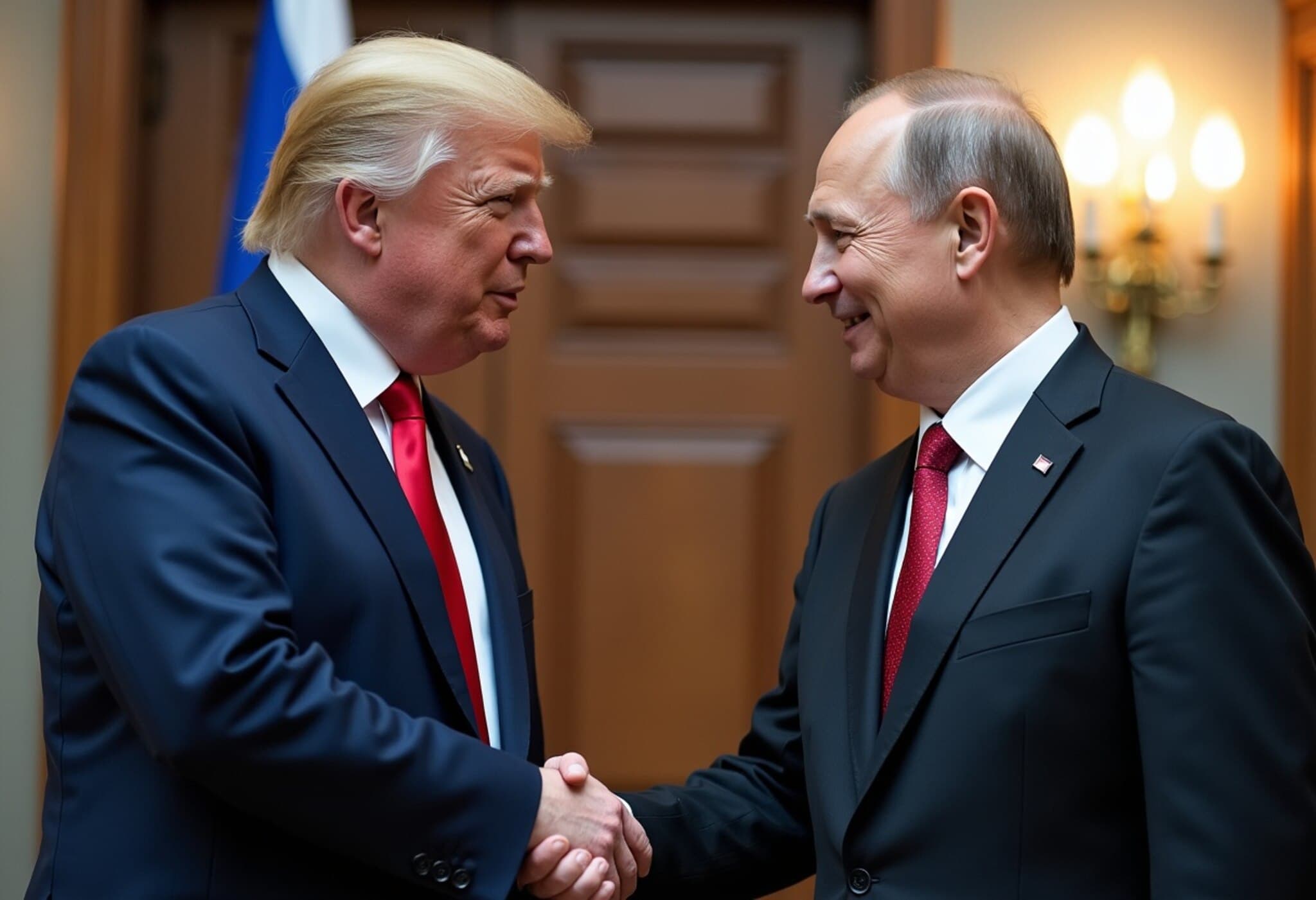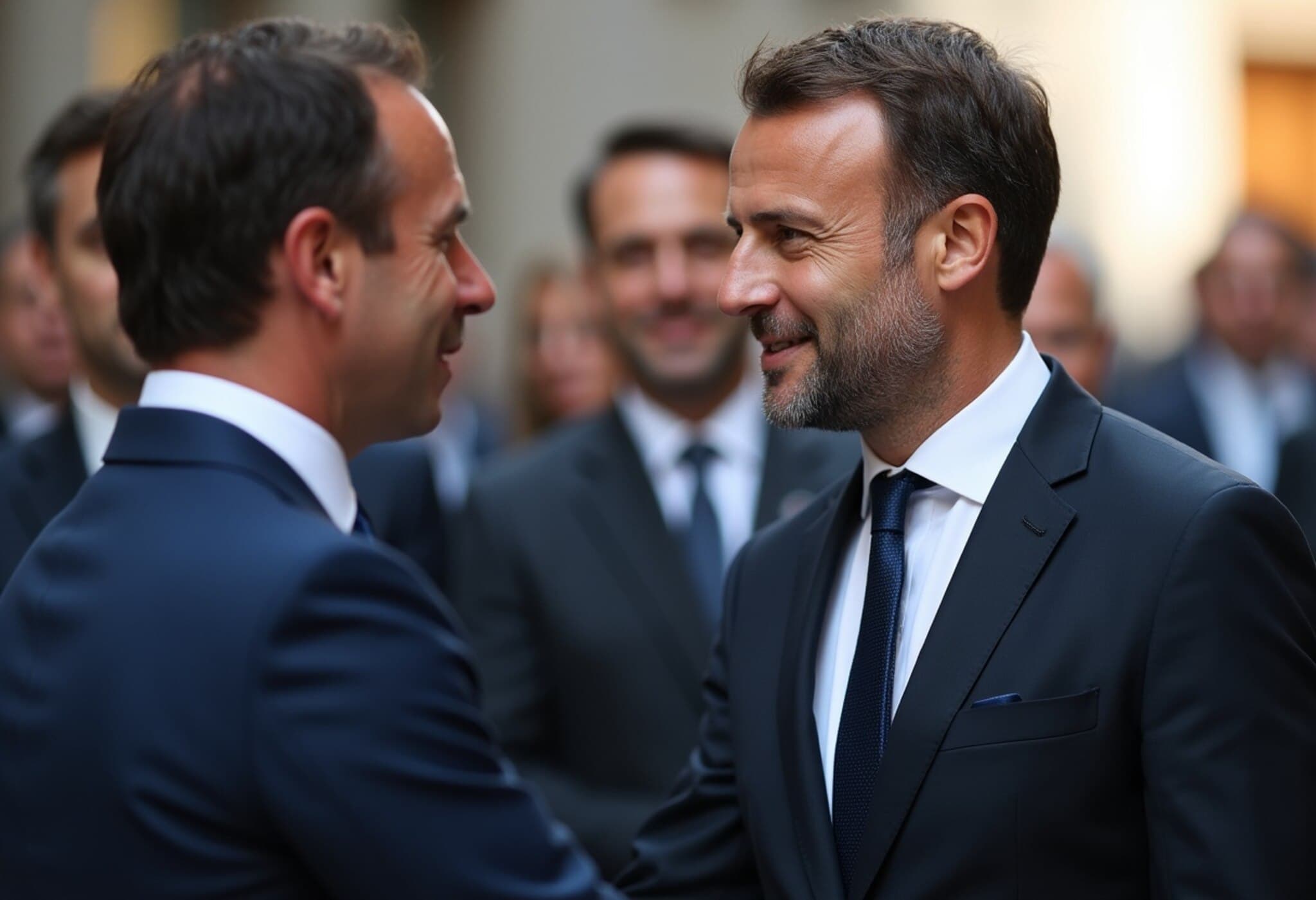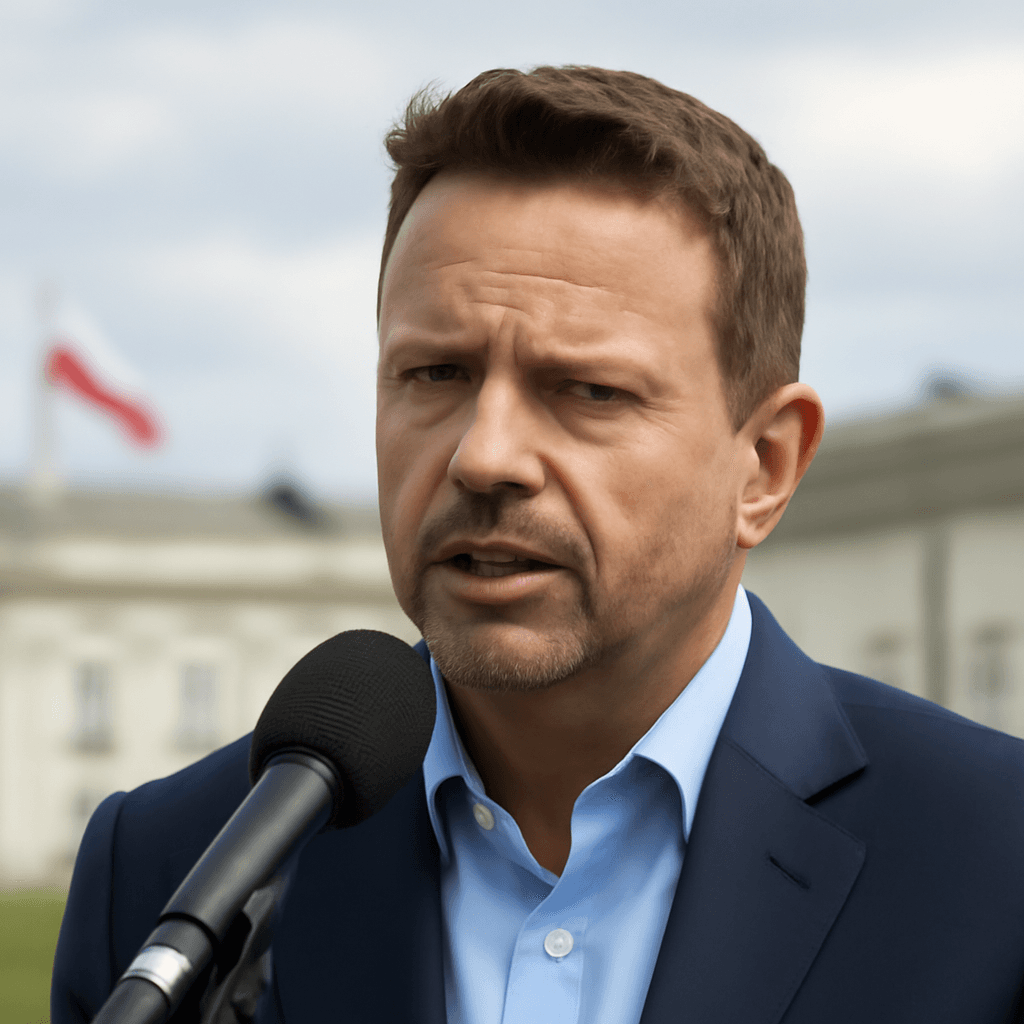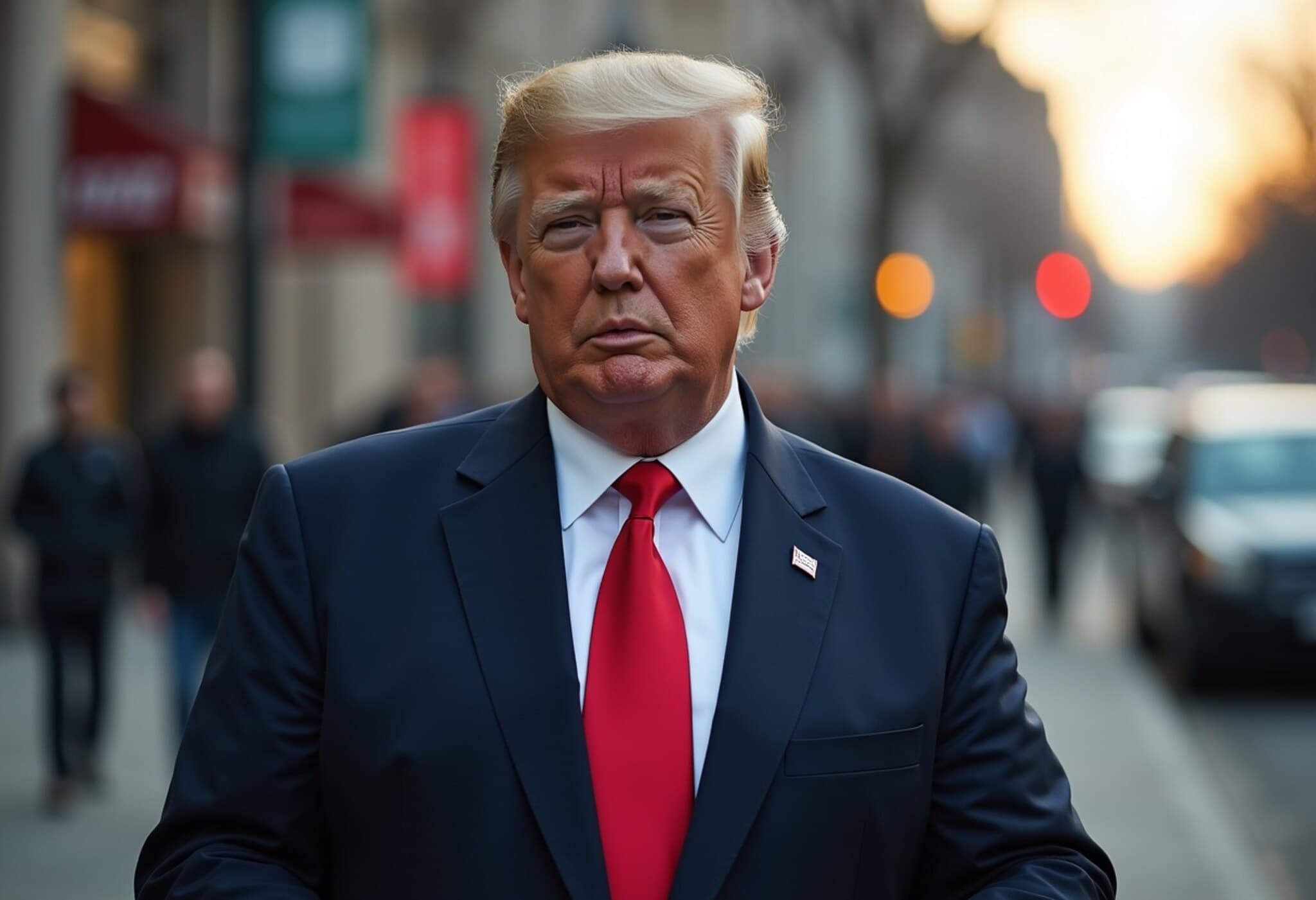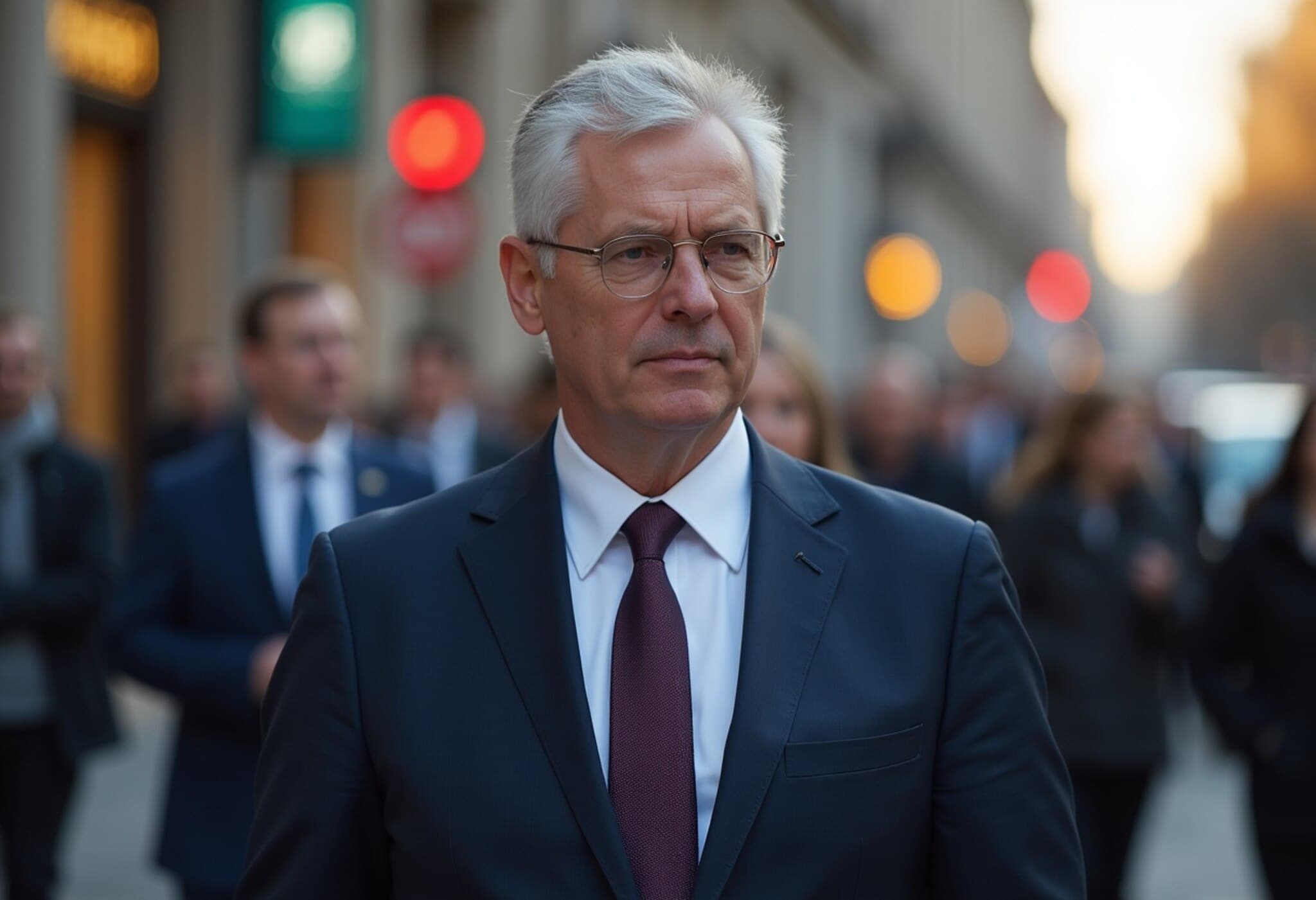EU Seeks to Make Russia Finance Arms Supplies to Ukraine
In a bold strategy amid the ongoing conflict in Eastern Europe, the European Union (EU) is crafting a plan that would have Russia effectively pay for the weapons Ukraine needs to defend itself. This approach shifts the financial burden away from the EU and its allies, transferring the cost back onto Russia by tapping into frozen Russian assets.
Context: US and EU Support for Ukraine’s Defense
Earlier this week, former US President Donald Trump announced a landmark $10 billion arms package destined for Ukraine, signaling a renewed American commitment to Kyiv’s defense as the war continues into its third year. Complementing this, the EU intends to purchase weapons on behalf of Ukraine, ensuring that the necessary military aid reaches the front lines.
Leveraging Frozen Russian Assets
Following Russia’s invasion of Ukraine in early 2022, Western governments froze more than €210 billion (approximately $243 billion) in Russian state assets held within their jurisdictions. While these principal sums remain untouchable under international law, they are currently invested in interest-bearing instruments such as government bonds. The EU’s innovative plan focuses on using the profits generated annually from these frozen assets —estimated between €2.5 and €3 billion ($2.9–$3.4 billion)— to fund the procurement of arms for Ukraine.
This strategy not only strengthens Ukraine’s capacity to repel aggression but also represents a form of financial accountability, compelling Russia to bear some of the costs of the conflict it initiated.
The Role of NATO in Coordinating Armaments
According to reports from The Daily Telegraph, NATO will oversee the distribution and utilization of the funds derived from these profits. The NATO Security Assistance and Training for Ukraine (NSATU) mission is positioned to lead on coordinating purchases and deliveries, working from a military equipment wish list submitted by Ukrainian officials.
The process is envisioned as a multi-step mechanism:
- Funds are gathered: Profits from frozen Russian assets, supplemented by additional contributions from EU countries and Canada, populate a dedicated cash pot.
- NATO controls procurement: The alliance uses these funds to acquire weapons and equipment, mainly sourced from the United States and other NATO suppliers.
- Delivery to Ukraine: Once purchased, the gear is transferred directly to Ukrainian defense forces.
Political and Strategic Implications
This plan marks a significant development in the geopolitical and financial tactics surrounding the Ukraine war. Polish Foreign Minister Radosław Sikorski has been an early and vocal advocate for leveraging profits from frozen Russian assets as a funding mechanism. Meanwhile, Dutch Prime Minister Mark Rutte confirmed NATO’s imminent role in facilitating these arms transfers, with at least eight member states having agreed to partake.
However, finer details—such as the exact list of military hardware, logistics of transfer, and legal frameworks to govern the use of asset profits—remain under negotiation. The Biden administration in the US is also finalizing what equipment will be bundled within the package announced by Trump.
Expert Perspectives and Broader Context
Experts in international law and conflict finance see this as a pioneering approach to conflict accountability. By monetizing the frozen assets’ returns rather than the principal, Western nations are treading carefully within legal constraints to support Ukraine without breaching asset ownership rights.
Economically, this could set a precedent for future sanctions regimes, leveraging frozen assets not just as political pressure points but as active financial resources to support conflict victims or enforce reparations. Yet it also raises complex questions regarding the management and transparency of these funds.
From a strategic standpoint, this plan underscores the deepening cooperation among NATO allies and the EU, demonstrating a united front aimed at sustaining Ukraine’s defense over the long haul.
Looking Ahead
As negotiations proceed, close attention will be paid to the legal safeguards, transparency measures, and diplomatic balances needed to execute this plan effectively. The potential success of this initiative could redefine how the international community responds financially to acts of aggression while supporting allies on the battlefield.
Editor’s Note
The EU’s proposal to use profits from frozen Russian assets to finance Ukraine’s defense represents an innovative fusion of economic sanctions and military assistance, highlighting a new chapter in international conflict response. Will this strategy serve as a blueprint for future conflicts, or will legal and logistical challenges limit its impact? For readers, it opens a compelling debate on justice, accountability, and the evolving nature of warfare funding in the 21st century.

